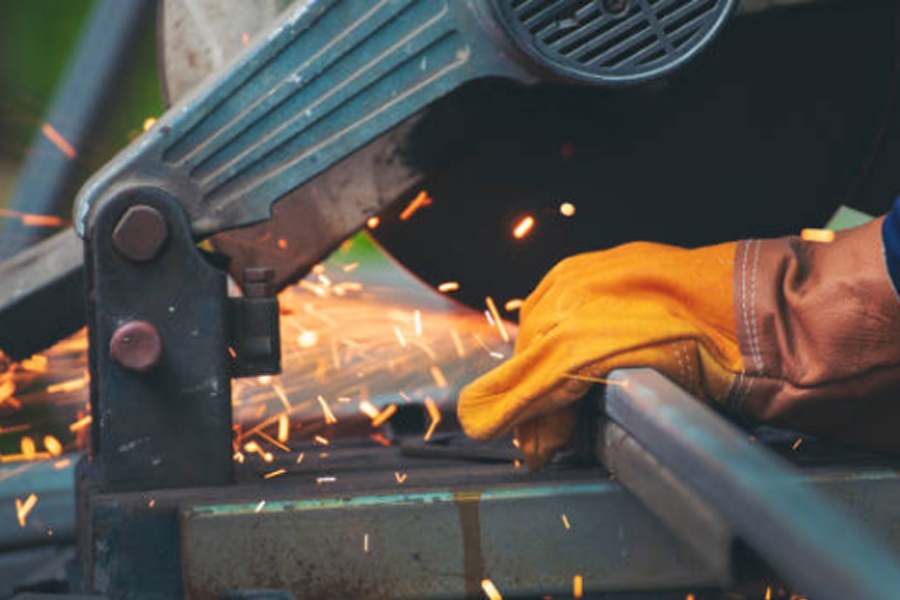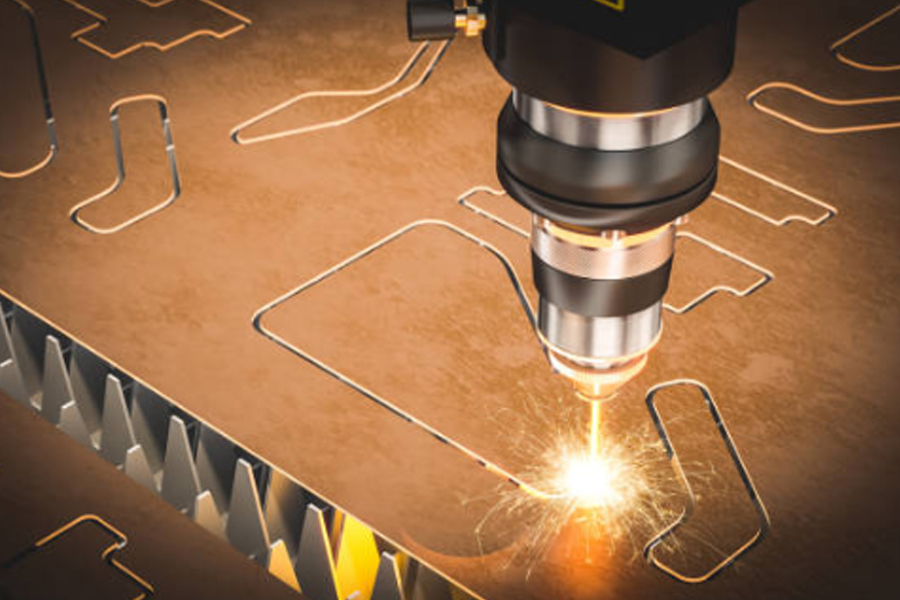
The difference between laser cutting and traditional cutting
Release time:2025-02-21 Click:89In the field of metal processing, cutting technology is a basic and key link. With the development of science and technology, laser cutting has gradually emerged, which is in sharp contrast with traditional cutting methods. Today, let's take a deep look at the difference between laser cutting and traditional cutting methods.
Differences in cutting principles
Traditional cutting methods, such as flame cutting, use high-temperature flames to melt metal materials, and then use high-pressure oxygen flow to blow off the slag to achieve cutting. Plasma cutting, on the other hand, uses high-temperature plasma arcs to melt and blow away metal materials. These traditional cutting methods rely on the combination of thermal energy and mechanical force.
The laser cutting principle in laser sheet metal processing is quite different. It uses a high-energy-density laser beam to irradiate the metal sheet, instantly melting or vaporizing the sheet locally to achieve the purpose of cutting. The energy of the laser beam is highly concentrated, which can achieve precise cutting actions.

The competition between precision and quality
In sheet metal chassis processing, high cutting precision is required. Due to the limitations of the diffusion of flames and plasma arcs and the precision of the cutting equipment itself, the traditional cutting method is often not smooth enough and the dimensional accuracy is relatively low. This may lead to problems such as excessive gaps during subsequent assembly, affecting the overall quality of the chassis.
Laser cutting shows obvious advantages. Its cuts are smooth and vertical, and the accuracy can be easily controlled at the millimeter or even sub-millimeter level. In medical sheet metal processing, this high-precision cutting is particularly important. For example, in the processing of medical parts, even small dimensional deviations may affect the performance and safety of medical devices. Laser cutting can meet this almost demanding requirement for precision.
Comparison of efficiency and cost
From the perspective of efficiency, traditional cutting methods require frequent mold changes or adjustment of cutting parameters when cutting complex graphics, which takes a long time. Laser cutting, with the help of computer-aided design (CAD) and computer-aided manufacturing (CAM) technology, can quickly read design graphics and realize automated cutting, greatly improving production efficiency.
In terms of cost, although the initial investment in laser cutting equipment is high, due to its high cutting accuracy, it reduces subsequent processing procedures and material waste. In the long run, the comprehensive cost is not high. Especially for small-batch, high-precision sheet metal processing orders, laser cutting is more cost-effective.

Different applicable scenarios
The traditional cutting method is suitable for cutting thicker metal sheets. It is more common in some scenarios where the precision requirements are not high and low-cost large-scale cutting is pursued, such as the rough processing of construction steel.
Laser cutting plays an important role in precision sheet metal processing, medical sheet metal processing, and electronics and aviation fields with extremely high cutting quality requirements. Whether it is sheet metal parts with complex shapes or medical parts processing with strict requirements on precision and surface quality, laser cutting can handle it with ease.
With its unique advantages, laser cutting occupies an increasingly important position in modern manufacturing. However, traditional cutting methods are not useless. The two methods have their own strengths in different scenarios and jointly promote the development of the metal processing industry.